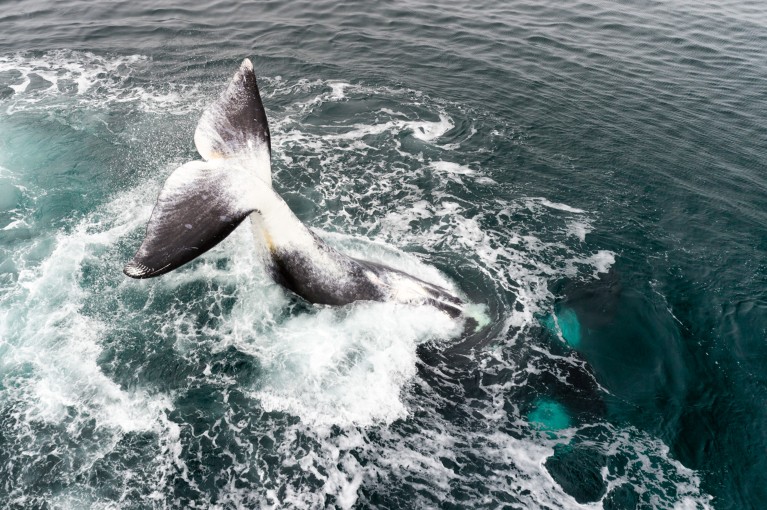This whale lives for centuries: its secret could help extend human lifespan
Summary
The bowhead whale (Balaena mysticetus) can live for more than 200 years. New research published in Nature (29 October 2025) identifies a cold-activated DNA-repair protein in bowhead cells that appears to enhance genome stability and could explain part of the species’ extraordinary longevity. When scientists expressed the whale protein in human cells, DNA-repair capacity improved, suggesting a possible route to understanding — and one day influencing — human ageing.
Key Points
- The bowhead whale lives for centuries and shows remarkable resistance to cancer and age-related decline.
- Researchers discovered a cold-activated protein that helps repair broken DNA more effectively in bowhead cells.
- Expressing the whale protein in human cells enhanced those cells’ DNA-repair ability in laboratory tests.
- Tissue samples were obtained through collaboration with Alaskan Iñupiaq communities, since keeping bowheads in captivity is impossible.
- The finding aligns with other studies that link improved DNA repair to extended lifespan in long-lived species (for example, naked mole rats).
- Further research is needed to assess safety, mechanism details and whether this could be translated into human therapies.
Why should I read this?
Quick version: this is a neat, concrete lead on why some animals live freakishly long lives — and it actually boosted DNA repair in human cells in the lab. If you care about ageing, longevity research or biotech that might one day change how we tackle age-related diseases, this is worth a five-minute read.
Context and relevance
Ageing research increasingly looks to long-lived species for molecular clues. The bowhead study adds to a pattern showing that enhanced DNA maintenance and repair are common features of animals with extended lifespans. The discovery is important because it identifies a specific, cold-activated protein and demonstrates cross-species functionality in vitro. That makes it both a biological insight into evolutionary adaptation to Arctic life and a potential starting point for translational research into human ageing and age-related disease.
Limitations: results are early-stage. Improved DNA repair in cultured human cells is promising but far from proof that a therapy could safely extend healthy human lifespan. Ethical, practical and safety hurdles remain.

